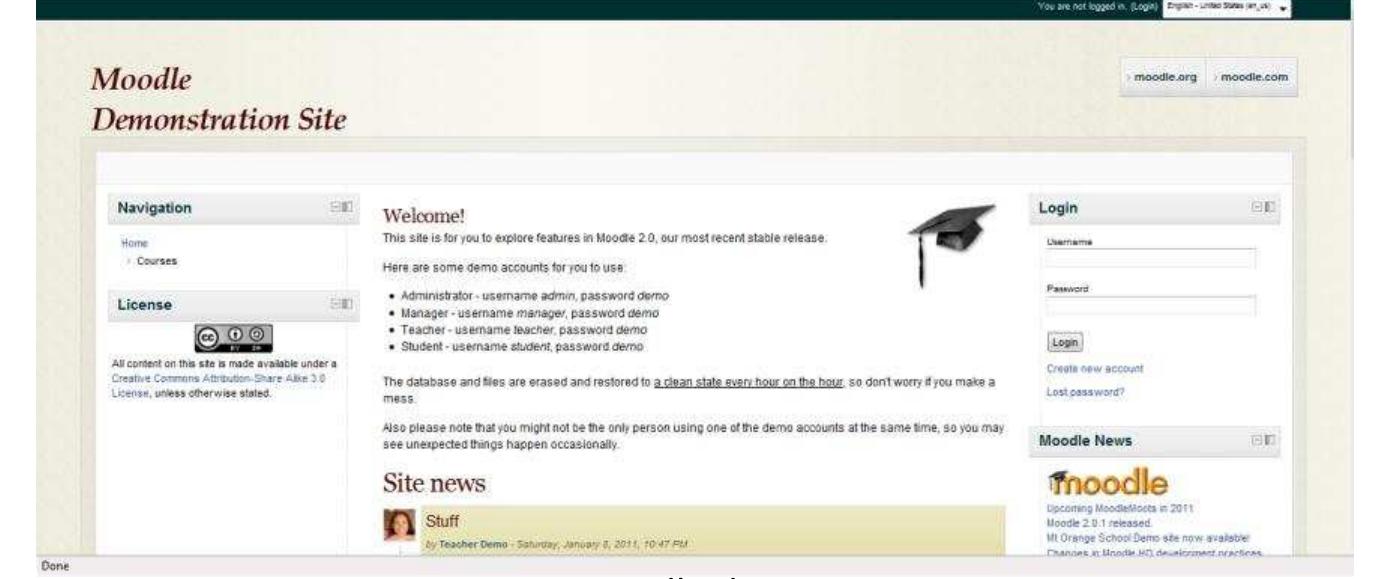Security issues in e-learning platforms
Abstract
Security is an important issue in the actual educational context where e-learning increases in popularity and increasingly more people are taking online courses. The e-learning platforms are today production systems that need to be secured. To achieve a good level of security, there are many important elements that must be taken into account: authentication, access control, data integrity, content protection, etc. Information security can be obtained using methods such as cryptography and network protocols. In this paper we will highlight some key security issues that must be taken into consideration in developing and using an e-learning platform. We will also examine some security aspects of one of the most popular open-source e-learning systems: Moodle.
FAQs
AI
What are the primary security concerns for e-learning platforms?
The paper identifies confidentiality, integrity, availability, and access control as crucial security concerns for e-learning platforms like Moodle.
How does Moodle address SQL injection vulnerabilities in its architecture?
Moodle mitigates SQL injection risks by using prepared statements, which ensure user input is properly handled and sanitized before database queries.
What impact do denial-of-service attacks have on e-learning environments?
Denial-of-service attacks significantly decrease user productivity by rendering applications slow or unavailable, which can deter users from utilizing e-learning services.
What best practices enhance user authentication in e-learning platforms?
Recommended practices include enforcing strong passwords, requiring periodic re-authentication, and implementing role-based access control for better security.
What challenges are associated with maintaining data integrity in e-learning systems?
Data integrity can be threatened by unauthorized modifications and system vulnerabilities, necessitating rigorous access controls and monitoring mechanisms.
References (12)
- Craciunas, S., Elsek, I. (2009). The standard model of an e-learning platform. Bucharest, Romania, (Chapter 2).
- Dobre, I. (2010). Critical Study of the present e-learning systems. Academia Romana, (Chapter 2).
- Edgar, R. W. (2005). Security in e-learning. Springer, Vienna University of Technology, Austria, (Chapter 1).
- El-Khatib, K., Korba, L., Xu, Y., and Yee, G. (2003). Privacy and Security in E-Learning. International Journal of Distance Education, Institute for Information Technology, National Research Council Canada, Volume 1, Number 4.
- Gary, M., John V., (2000). Make your software behave: Learning the basics of buffer overflows. Available at https://www.ibm.com/developerworks/library/s-overflows/.
- Iacob, N. (2010). Data replication in distributed environments. Proceedings of International Scientific Conference ECO-TREND, Brancusi University, Targu Jiu, 629-634.
- Jonathan, P. (2009). SCORM Content Vulnerability Workarounds. Advanced Distributed Learning.
- Kritzinger, E. (2006). Information Security in an e-learning environment, in 19th World Computer Congress, Santiago, Chile.
- Kumar, S., Kamlesh, D. (2011). Investigation on Security in LMS Moodle. Proceedings of International Journal of Information Technology and Knowledge Management, Kurukshetra University, Kurukshetra, India, 233-238.
- Najwa, H., Ip-Shing, F. (2010). E-Learning and Information Security Management. International Journal of Digital Society (IJDS), Volume 1, Issue 2.
- PHP Security Guide -Sessions (2011) Available at http://phpsec.org/projects/guide/4.html. Przemek, S. (2007). PHP Session Security, Poland (Chapter 1). SCORM module. (2010) Available at http://docs.moodle.org/en/SCORM_module.
- US-CERT Cyber Security Bulletin, (2011). Vulnerability Summary for the Week of April 11, 2011. Available at http://www.us-cert.gov/cas/bulletins/SB11-108.html
 Science Park Research Organization & Counselling
Science Park Research Organization & Counselling


